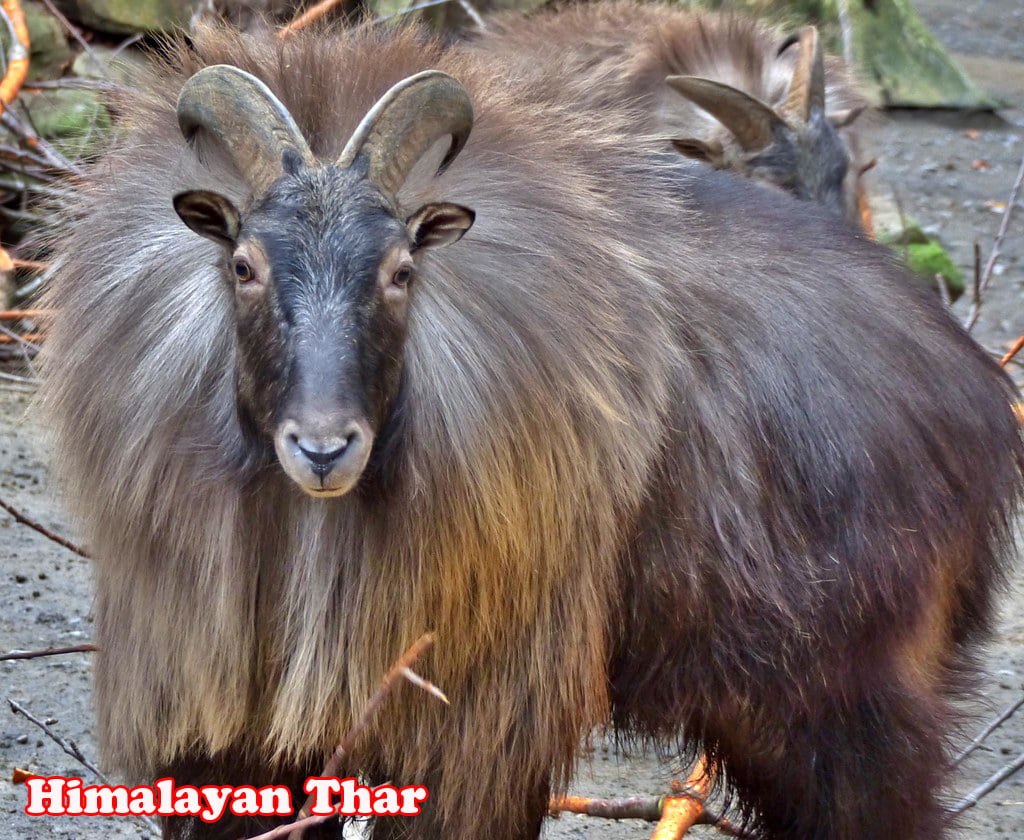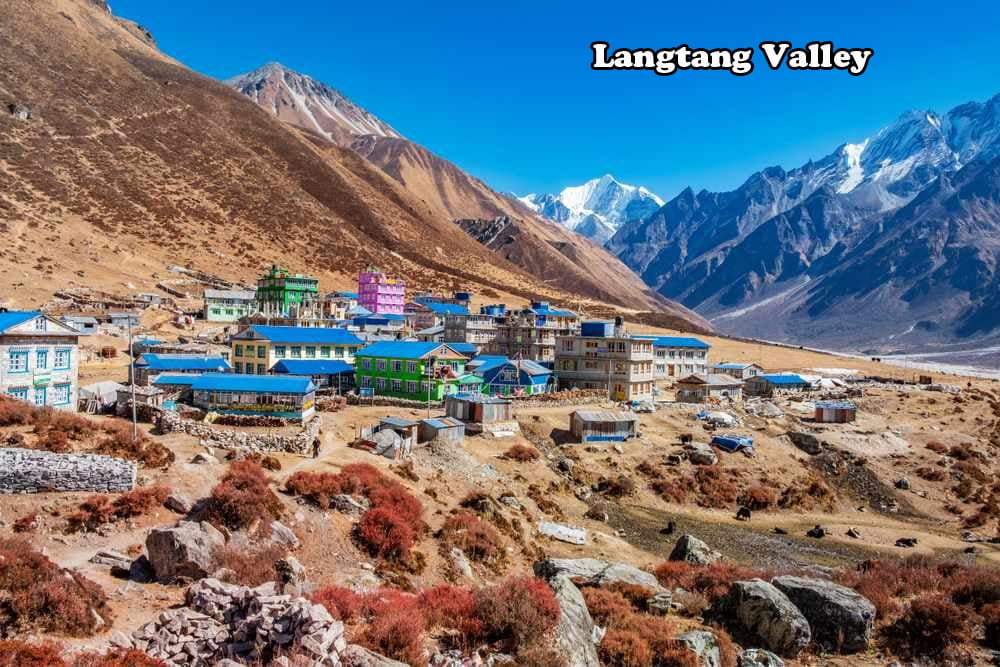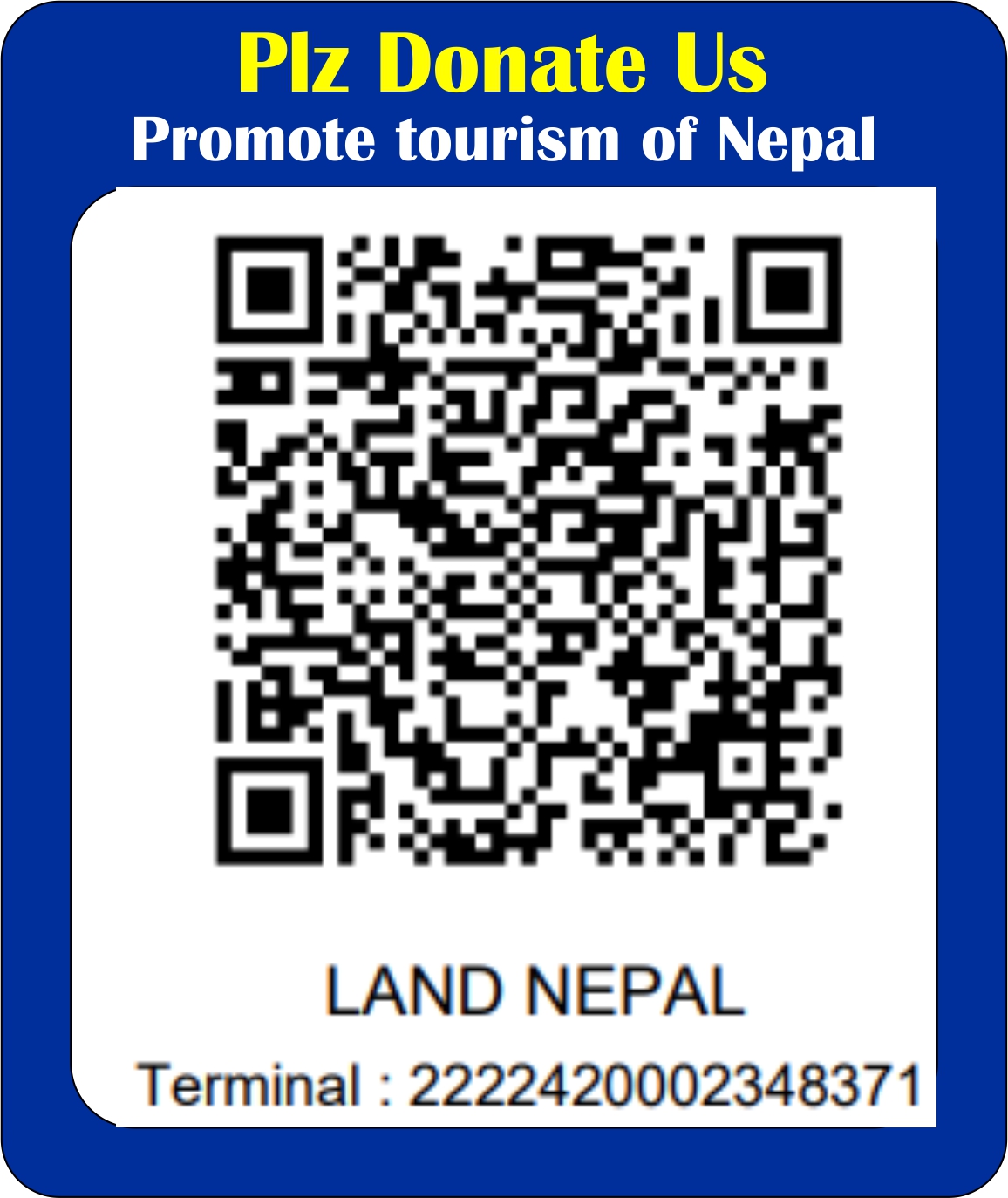Langtang National Park , established in 1976, covering the total area of 1710 square kilometers with the buffer zone of 420 square kilometers, nearest one to the city of Kathmandu, stretching over parts of the districts Rasuwa, Nuwakot and Sindhupalchok, lies in Bagmati Province, Nepal. Holding a rich natural supplies of natural biodiversity, the park is looked after and managed by a harmonious collaboration of local communities and the park authority so that the community participation will enhance sustainable development of the region, and the conservation and advancement of the flora and fauna over there. With a view to increasing the community support, the participating local communities are offered 30% to 50% revenues of the park.
Furnished with diverse natural beauty of peaks enveloped in snow and panoramic cliffs created by the artifact of gods using the raw materials offered by gorgeous glacial, the weather of the park remains relatively dry sans the months of January and February. The best time to visit the park is the Autumn season, when you can’t help being bewitched by demure smiles of white, red and pink rhododendrons peeping from among the tops of oak and pine trees. You can see peasants ascending with their yak herds to topper pastures, enabled by relatively warm weather conditions during this season. The months June through August bring heavy monsoon rainfalls. They observe a lively festival, a fare, at Gosaikunda Lake during August, attracting thousands of Hindu pilgrims.
The flora and fauna of Langtang National Park consist of subtropical vegetation of sal forests in the southern part gradually taken over by chirpine trees within the elevations between 2000 to 2600 meters. The temperate zone with the elevations between 2600 to 3000 meters is marked by oak forests, and the subalpine region of 3000 to 3600 meter altitudes is characterized by bushes such as larch, hemlock and silver fir. Varieties of rhododendrons are common sight throughout the park. From normally above 3600 meters, you will find massive meadows , that offer summer habitat for musk deer and thars. With over 250 species of birds chirping and hovering around, other wild lives dwelling in the park include Himalayan black bear, ghoral, wild dog, snow leopard and red panda.
There are mainly three common routes to Langtang National Park namely Langtang Valley, Helambu and Gosaikunda Lake. You will fing locally run hotels, lodges, teashops all along. Those who are interested in hiking may choose to go hiking from three days to three weeks, ranging from mild to complex experiences. Trailside wilderness near Ghoda Tabela, meaning horse stable, Kyanjin, Langtang Village, Melamchighyang, Tarkeghyang and Shemathang will not be less rewarding either. If you want to venture a visit to Panch Pokhari, meaning five lakes, be self prepared to risk the journey.
It is best to visit higher lands of Langtang National Park only after making sure of proper acclimatization and safety in case you may suffer from acute high altitude sickness.
-Article written by: Bedu Khatiwoda for Land Nepal





